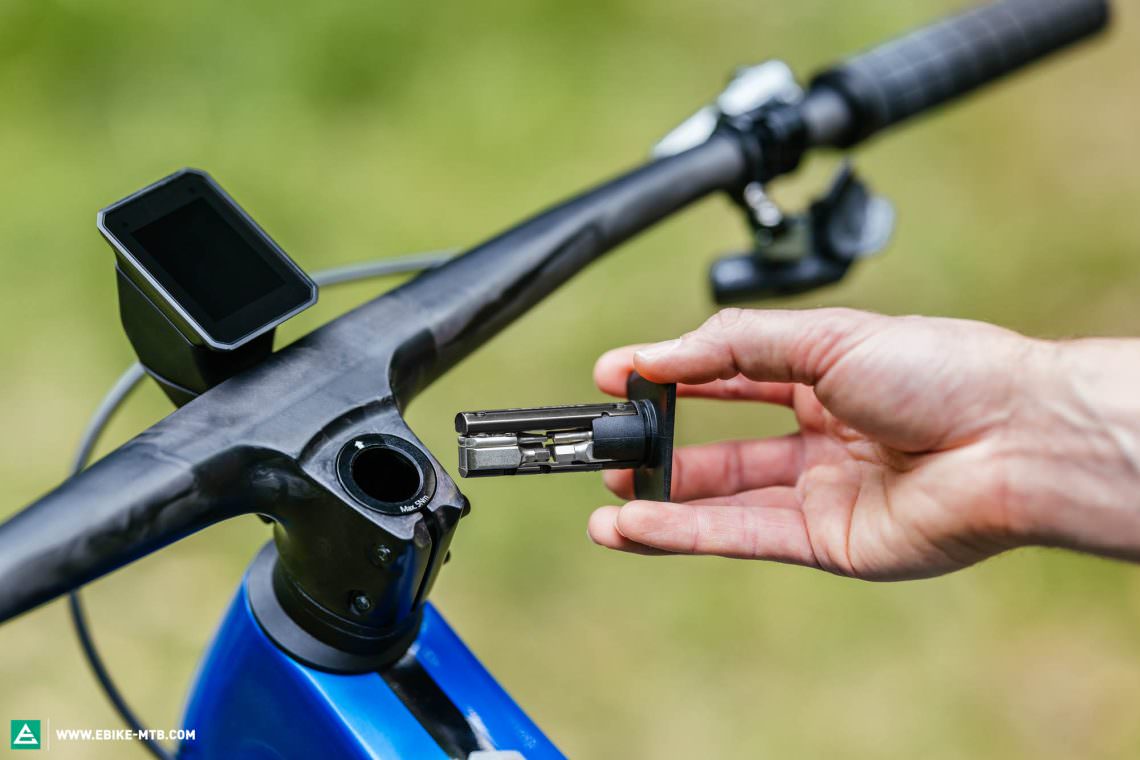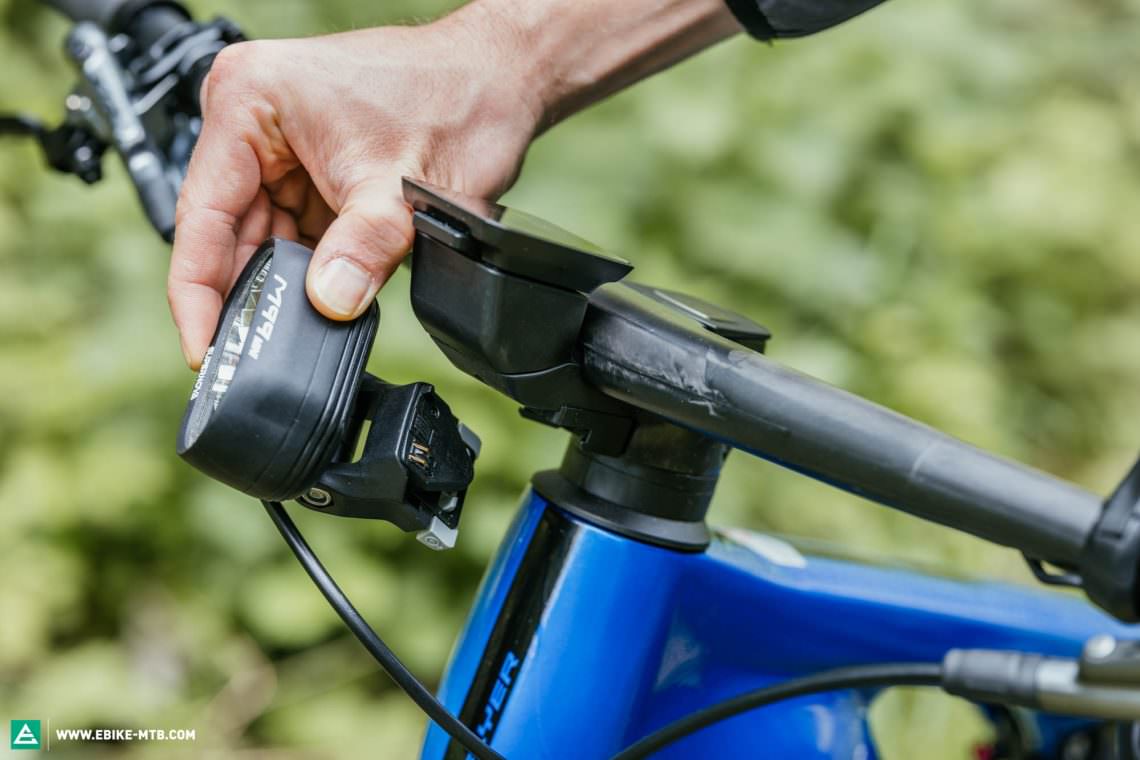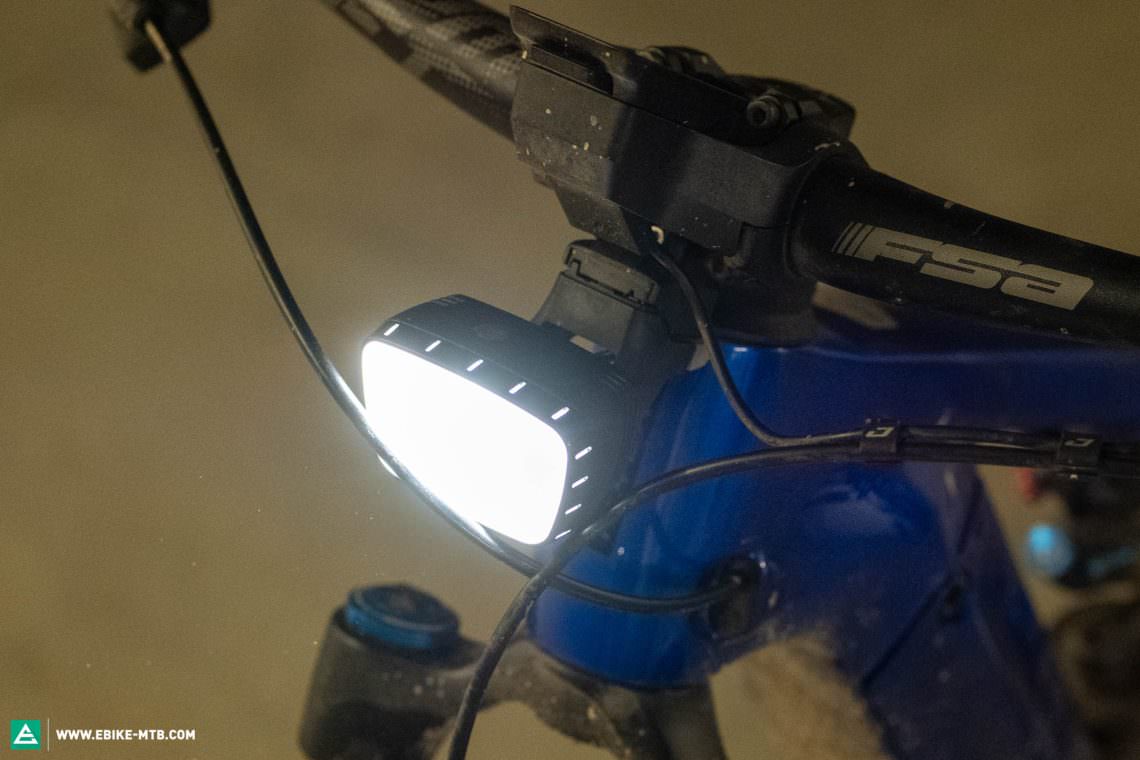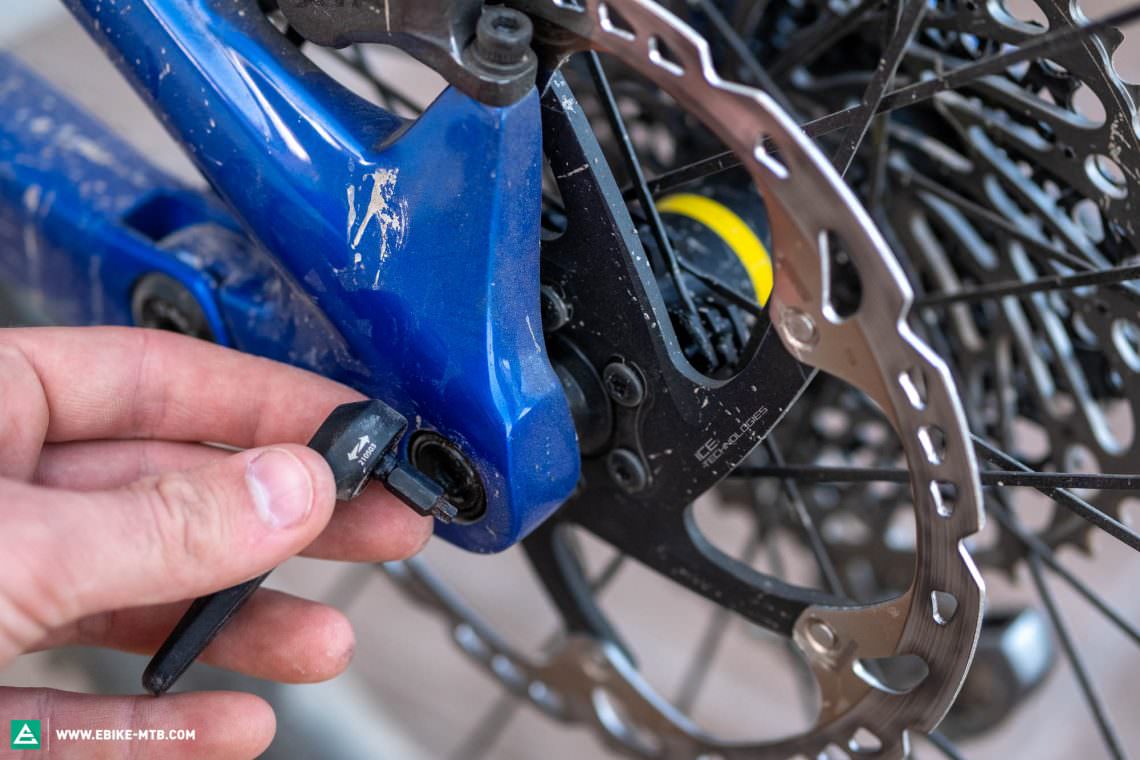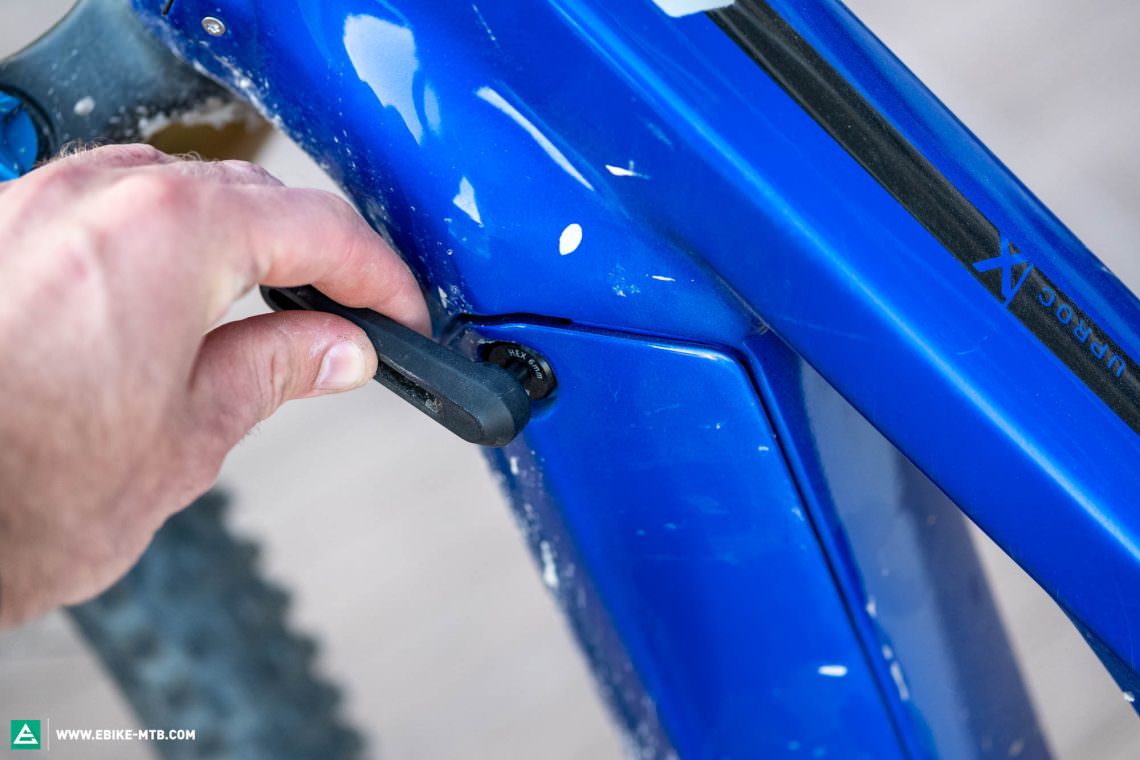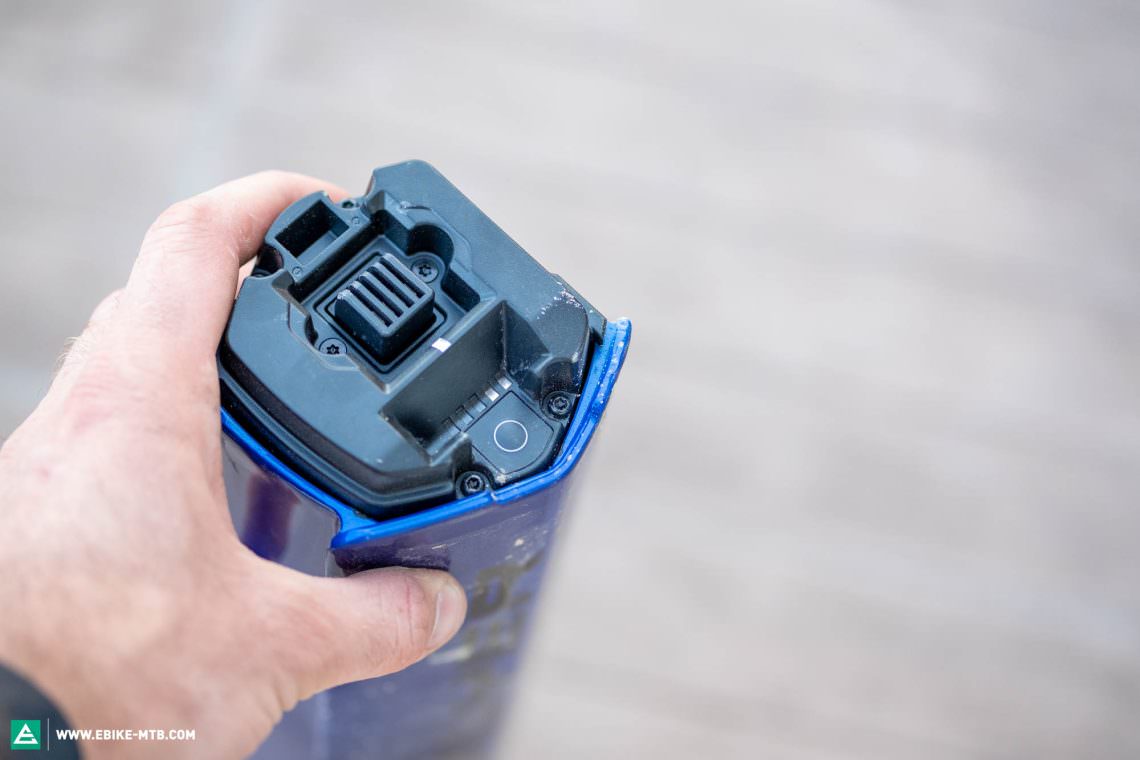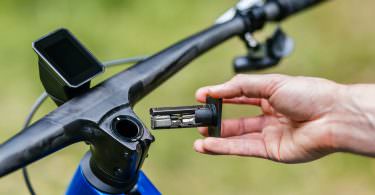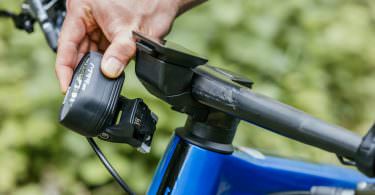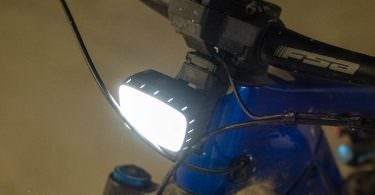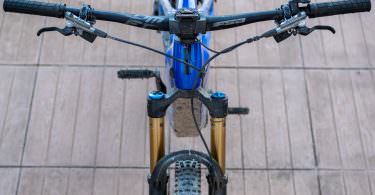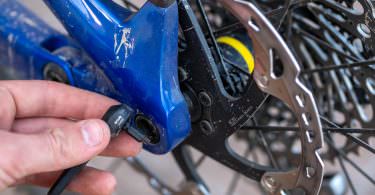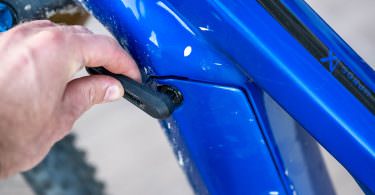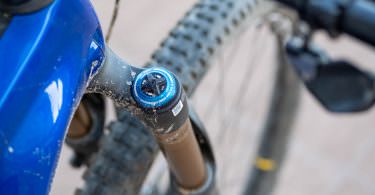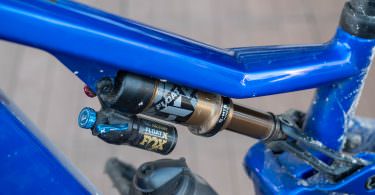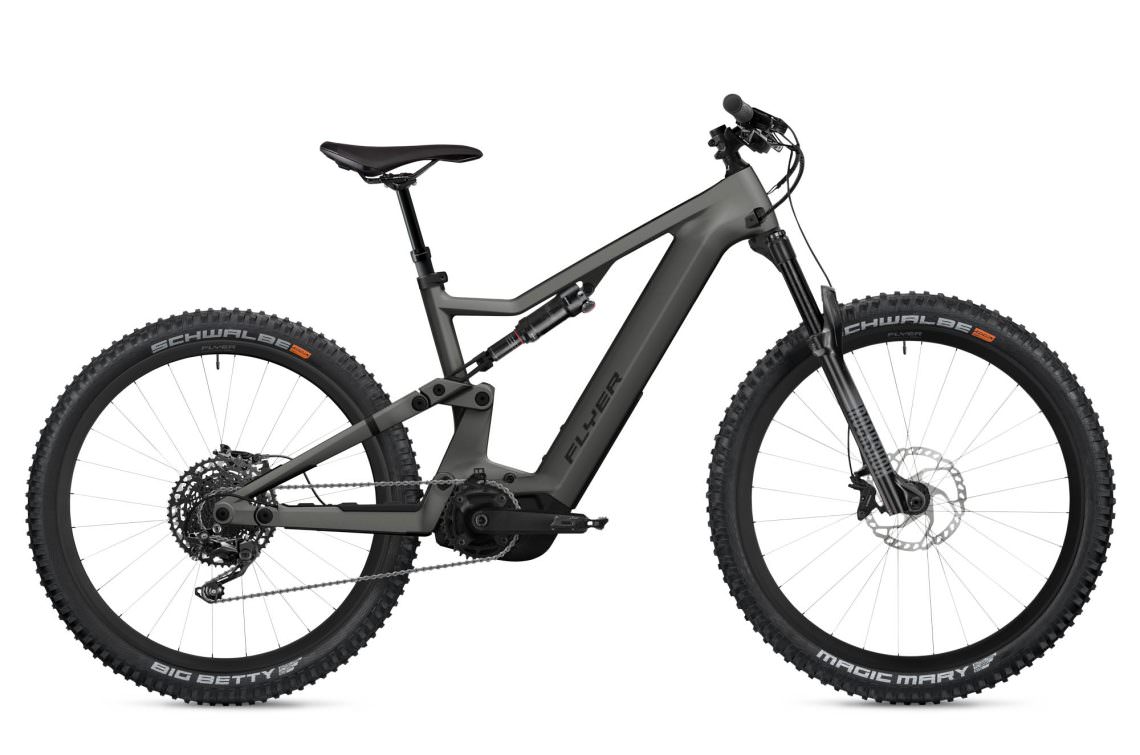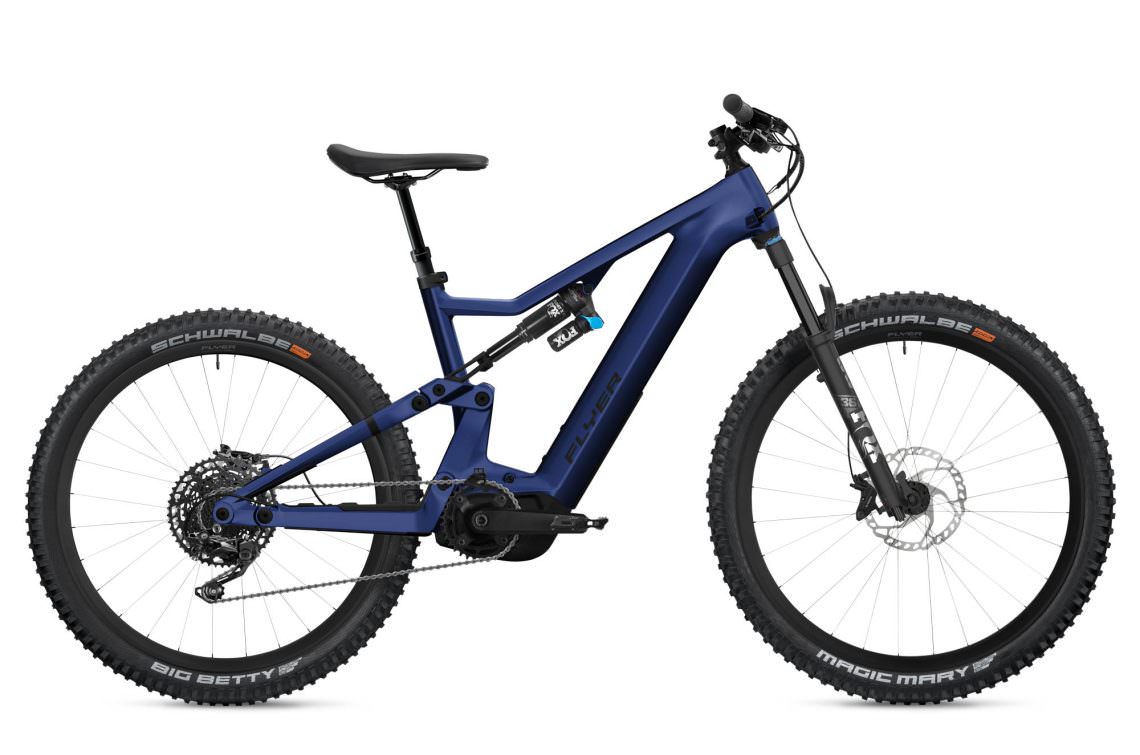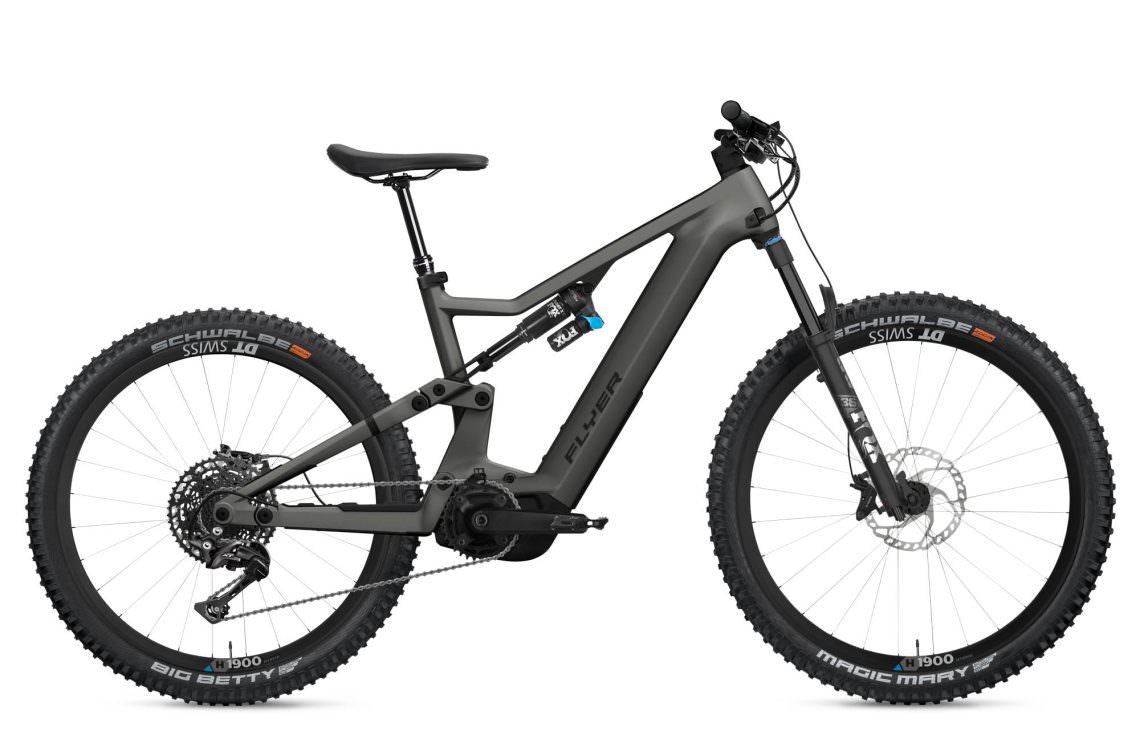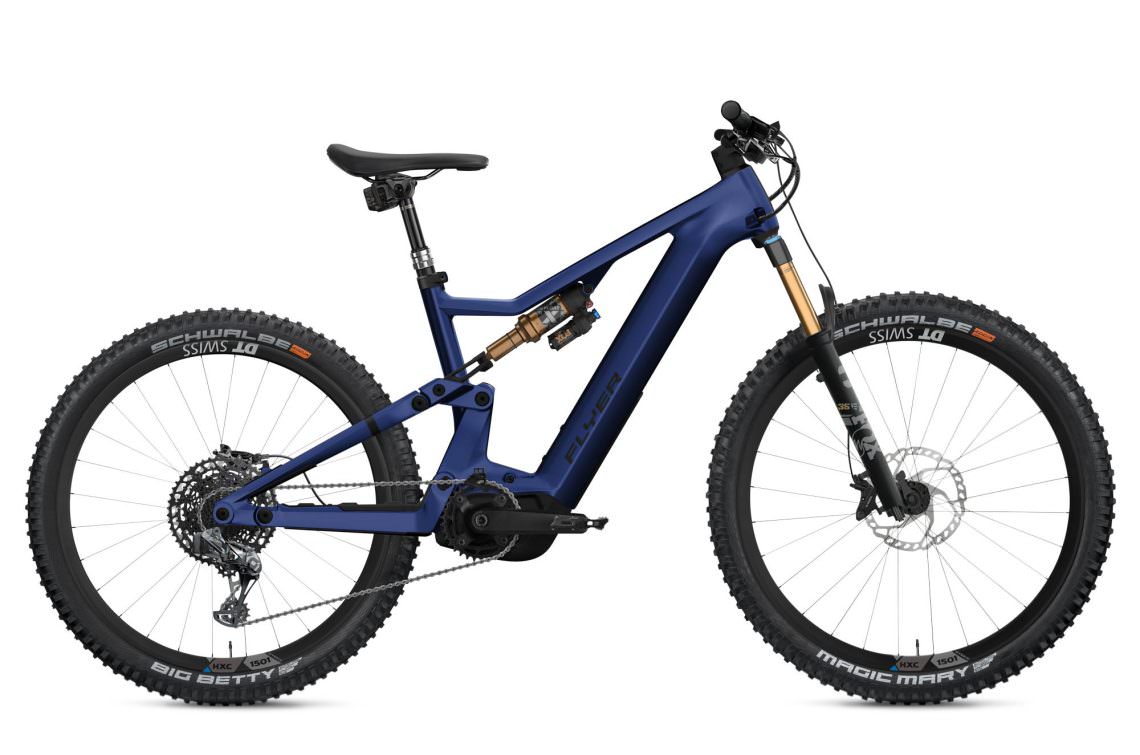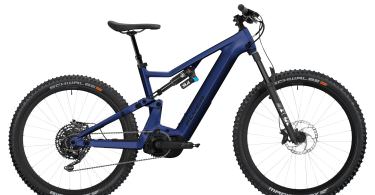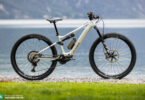With the Uproc X, FLYER claim to have found the eMTB answer to virtually every scenario: steep, technical climbs as well as fast, rough descents. To this end, FLYER rely on a Panasonic motor, putting out a remarkable 95 Nm of torque, and a comprehensive software solution from in-house brand FIT. But can it deliver on the trails?
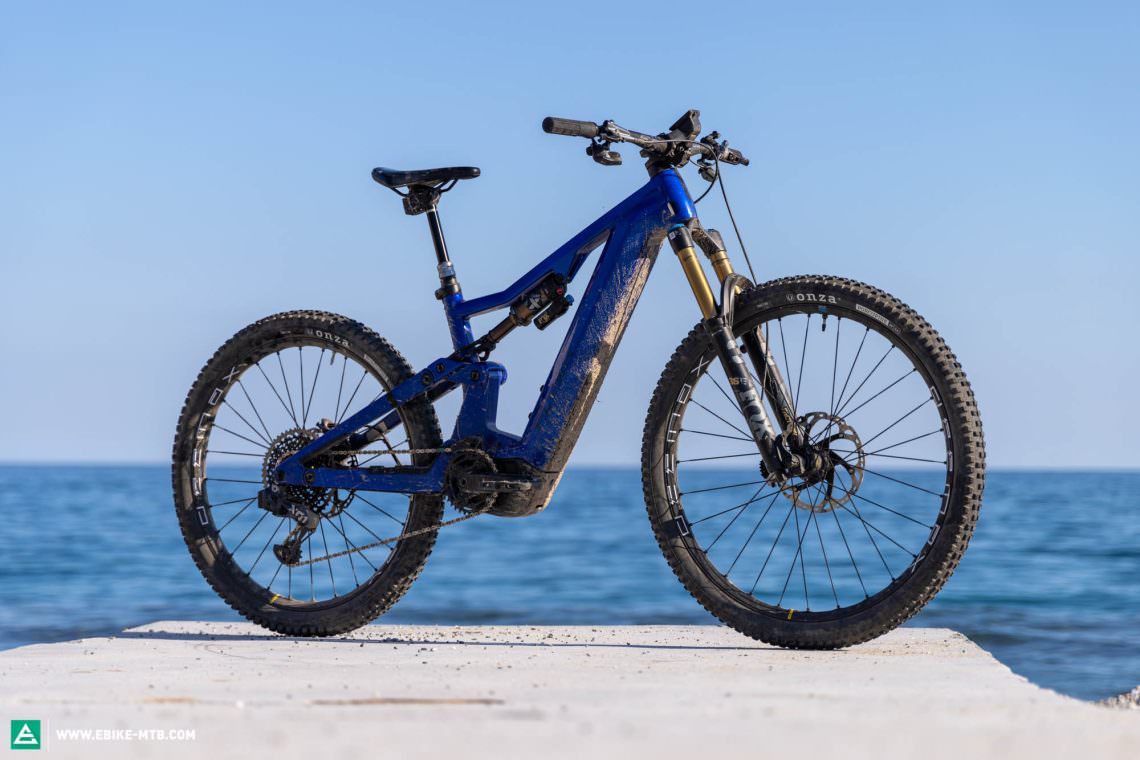
24.58 kg (size M) | € 10,249 | Manufacturer’s website
Swiss brand FLYER specialise in ebikes and they expanded their portfolio to include eMTBs in 2015. They made their debut in the electric mountain bike segment with the Uproc 6. The FLYER Uproc 6 9.50 impressed us with its downhill capabilities in our big 2021 group test. The newly introduced Uproc X 9.50 comes with 150 mm travel, which is up to 20 mm less than the previous model, modified geometry and a new motor system, going for € 10,249. As such, it promises to excel not just on the descents but also on the climbs, making it a capable all-rounder. We put the eMTB to the test to find out whether it can master this balancing act with its mixed wheel sizes and full carbon frame.

The FLYER Uproc X 9.50 with a Panasonic GX Ultimate motor and smart FIT software
The FLYER Uproc X makes a very high-quality impression, showing an excellent level of motor and system integration. The software, battery and display are supplied by FIT. FLYER brought FIT to life in-house in 2015 and registered it as a subsidiary in 2020, trading as Biketec GmbH and making the technology available to other manufacturers since. At the heart of the bike is an exotic Panasonic motor that delivers 95 Nm of torque, at least nominally. The motor weighs 2.95 kg and the 750 Wh battery adds another 4.3 kg.
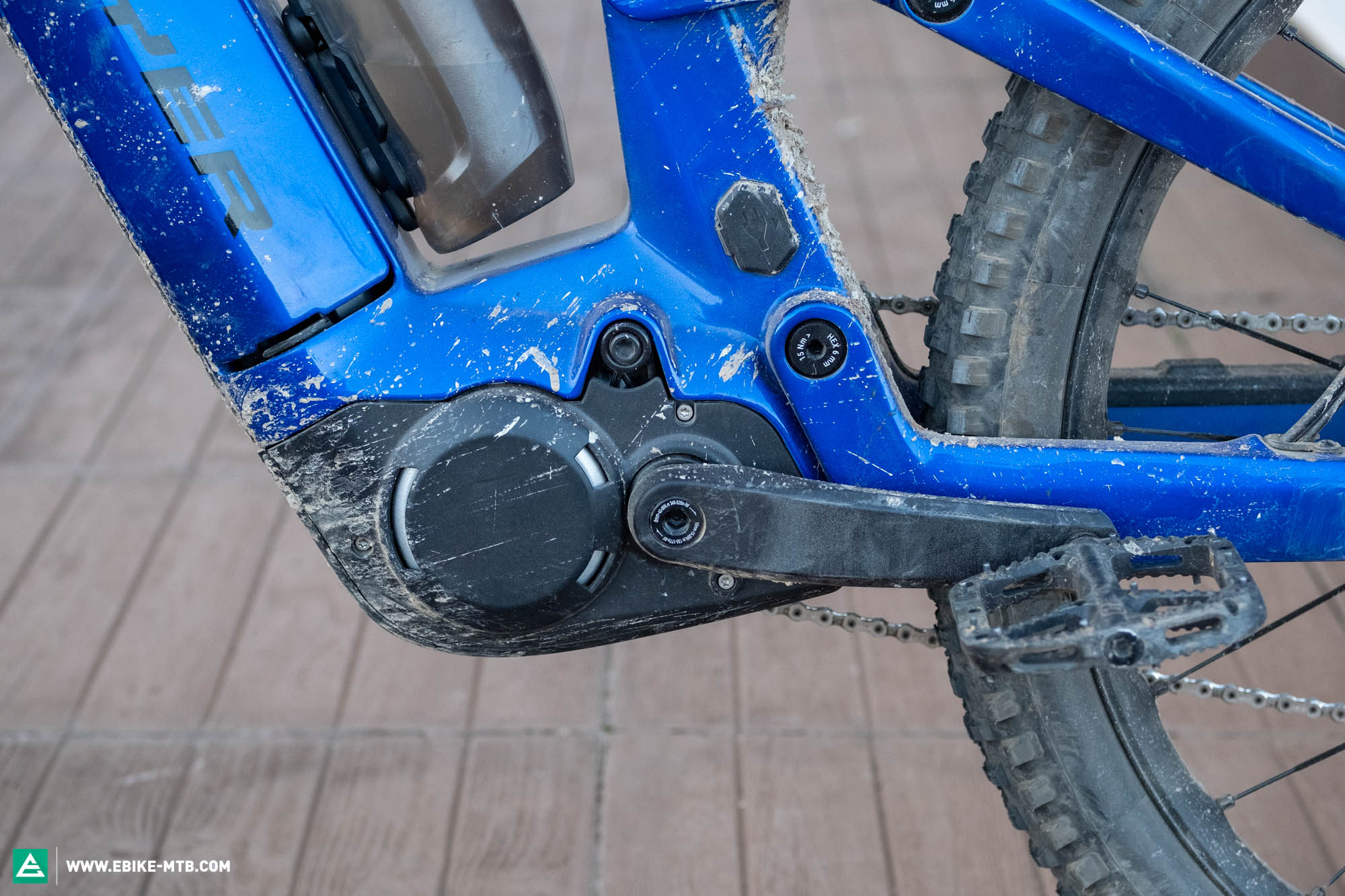
Therefore, it weighs about the same as the Bosch Smart System while being 10 Nm more powerful. The integration with the FIT software is very refined, providing connectivity with a host of additional accessories. For example, you can install tire pressure monitors and have the readings sent to the ebike display – a feature you might be familiar with from your car. You can also link the system to a heart rate monitor via ANT+ or Bluetooth connectivity, allowing you to keep an eye on your pulse via the FIT display. Similar to Bosch, there’s a locking function available too, which FIT refer to as the Smartphone lock. This can be done via your mobile phone or an optionally available ebike key, which looks like a car key and locks the motor at the touch of a button. In case you ever lose your bearings, the next update will include Komoot navigation compatibility, letting you start the navigation on your smartphone and then send the directional arrows and distances to the ebike display.
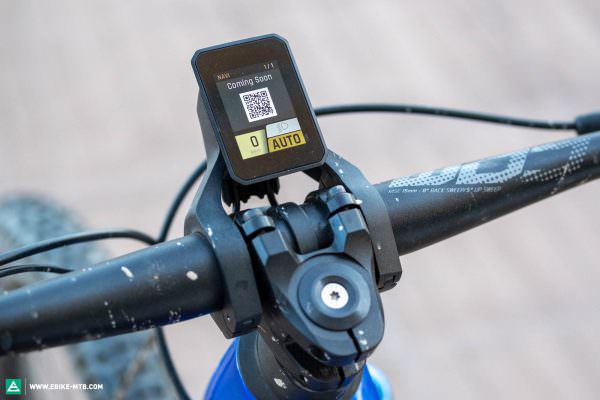
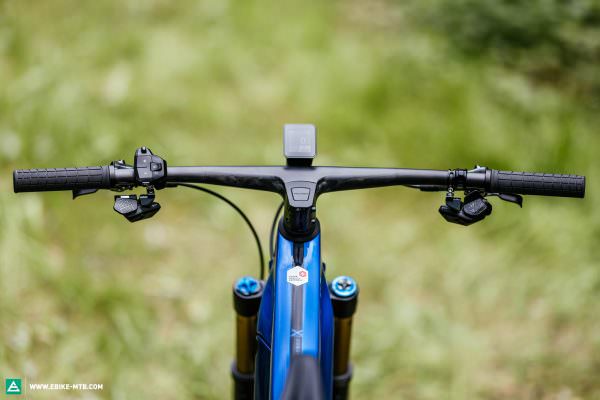

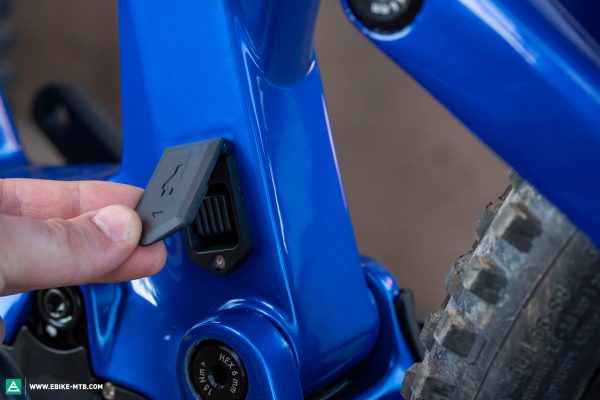
The FIT system offers some fun gimmicks besides, like a snowflake to warn you of cold temperatures and an inclinometer, allowing you to compare the steepness of your climbs with your friends. Considering its wide range of functions, the display isn’t bigger than the Bosch Kiox 300, for example, while managing to present all relevant data simultaneously. To manage all the functions, the remote is slightly larger, featuring a total of six buttons and a small joystick. Once you’ve gotten used to it, however, the operation is intuitive and the most important buttons are big enough for you to press while riding. Moreover, the buttons give speed-dependent vibration feedback, letting you know whether you’ve actually hit the button even when you’re riding fast with gloves on. More buttons, more features, more connectivity… In addition to the software, Biketec GmbH aka FIT also supply all the electrical attachments and add-ons.
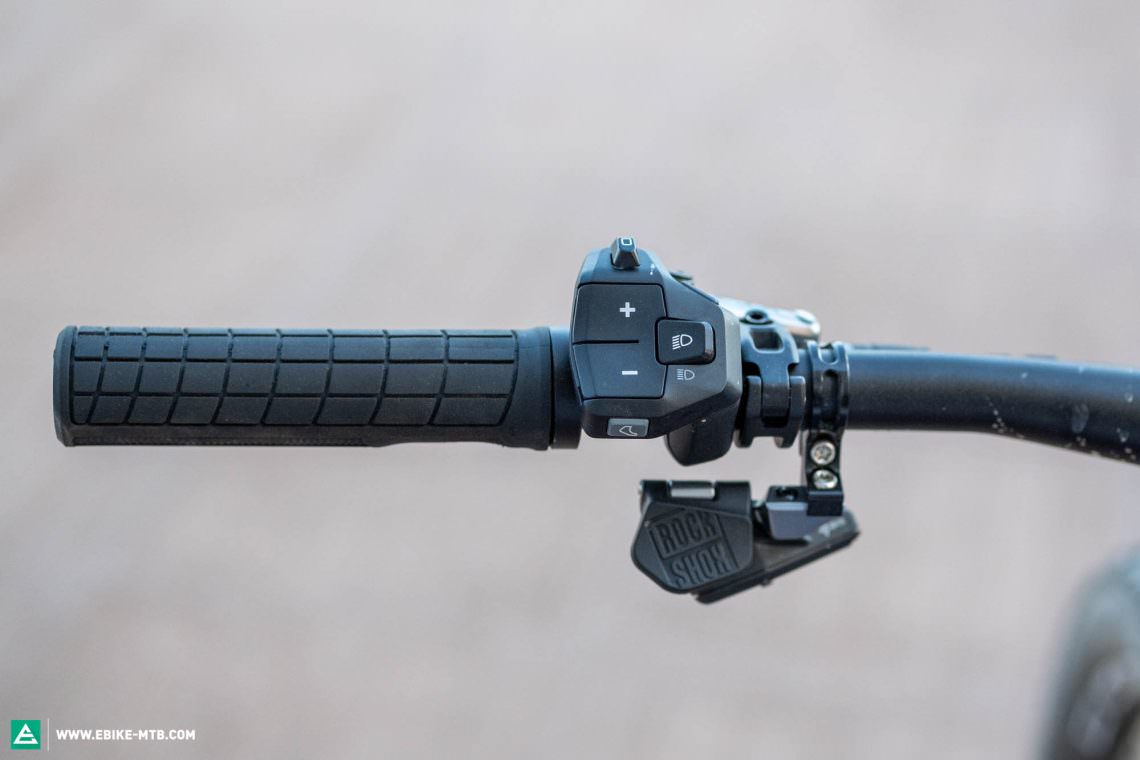
The 2022 Flyer Uproc X 9.50 in detail – Swiss assembly and high-end components
In addition to the exclusive motor and software concept, the € 10,249 ebike relies on suitable components for the intended use and combines them with high-quality workmanship on the Uproc X. The electrical components are nicely integrated, and the cable routing is clean.

The battery can be removed from the side with the help of a 6 mm Allen key, with the cover staying firmly attached to the large power pack. The bolt also remains in the housing, keeping it as a single unit so you won’t lose anything. Conveniently, the 6 mm Allen key gets stowed in the rear axle together with the T 25 Torx. As such, you’ll have the tools you need to remove the battery.

Components of the 2022 FLYER Uproc X 9.50 on test
The FOX 36 Factory fork, FLOAT X Factory shock and SRAM AXS derailleur and dropper post on the FLYER Uproc X 9.50 on test correspond to the components of the production model. However, there were some deviations from the standard spec due to shortages. For example, the Mavic Deemax wheels with Onza Porcupine tires should actually be DT Swiss HXC 1501 models with a Magic Mary/Big Betty tire combination from Schwalbe. Moreover, the Shimano XTR brakes will be paired with the biggest 220 mm rotors possible on the production model.
FLYER Uproc X 9.50
€ 10,249
Specifications
Motor Panasonic GX Ultimate 95 Nm
Battery FLYER FIB 750 Wh
Display FIT Display Compact
Fork FOX 36 Factory 150 mm
Rear Shock FOX Float X 150 mm
Seatpost RockShox Reverb AXS 150 mm
Brakes Shimano XTR 200/200 mm
Drivetrain SRAM X01 Eagle AXS 1x12
Stem Satori Ursa 35 mm
Handlebar FLYER 780 mm
Wheelset Mavic Deemax 29"/27.5"
Tires ONZA Porcupine 2.4"/2.6"
Technical Data
Size S M L XL
Weight 24.58 kg
Perm. total weight 140 kg
Trailer approval no
Kickstand mount no
Specific Features
MonkeyLink mount
The 2022 Flyer Uproc X – X different build variants?!
The FLYER Uproc X is available in four different versions that have a few things in common: they all rely on the same full carbon frame with MX wheels, and all come with a MonkeyLink mount for a headlight. We don’t know whether this is due to the recently introduced headlight requirement for ebikes in Switzerland, but it makes sense in any case, even outside of Switzerland. The FLYER Uproc X 2.10 is the most affordable model in the range, featuring a smaller 630 Wh battery and RockShox 35 suspension fork, priced at € 5,449. It also comes with a smaller, inconspicuous display/remote unit.

From the Uproc X 6.10 onwards, FLYER rely on entry-level FOX suspension consisting of a 36 Rhythm fork and FLOAT X Performance shock. You get a Shimano DEORE 12-speed drivetrain transferring power to the wheels. Like most other models, it comes with the large 750 Wh battery, and it’s priced at € 6,449. For exactly € 1,000 more, you get the Uproc X 8.70 with a FOX 36 Performance fork and the Shimano XT groupset for the gears and brakes. The two FLYER Uproc X 8.70 and 9.50 flagship models come with a one-piece carbon cockpit that features internal cable routing as well as a neatly integrated MonkeyLink and display mount. Unfortunately, this wasn’t yet available at the time of the test. All models are available in one of two colours: an eye-catching gentian blue or a more understated grey.
The geometry of the 2022 FLYER Uproc X
Compared to the very gravity-focused FLYER Uproc 6, the seat tube angle of the Uproc X is 2° steeper. In addition, the seat tube has been straightened, so the effective seat tube angle slackens less when you extend the seat post, offering a comfortable riding position for long days in the saddle. Despite the MX wheel setup with a 29er up front and a smaller 27.5″ wheel on the rear, the 460 mm chainstays are quite long and remain the same across all frame sizes. All models are available in frame sizes S to XL, catering to riders from 155 to 195 cm tall. All sizes of the Uproc X can accommodate a large water bottle inside the front triangle, regardless of which shock you’ve got installed.
| size | S | M | L | XL |
|---|---|---|---|---|
| Top tube | 576 mm | 589 mm | 619 mm | 645 mm |
| Seat tube | 400 mm | 415 mm | 450 mm | 485 mm |
| Head tube | 100 mm | 110 mm | 120 mm | 140 mm |
| Head angle | 64.5° | 65° | 65° | 65° |
| Seat angle | 77° | 77° | 77° | 77° |
| Chainstay | 460 mm | 460 mm | 460 mm | 460 mm |
| BB Drop | 12 mm | 12 mm | 12 mm | 12 mm |
| Wheelbase | 1221 mm | 1229 mm | 1261 mm | 1291 mm |
| Reach | 435 mm | 445 mm | 473 mm | 495 mm |
| Stack | 612 mm | 622 mm | 631 mm | 650 mm |
The 2022 FLYER Uproc X on the trail – What is the Swiss eMTB capable of?
The most striking feature of the Uproc X is the super powerful motor. In the highest support mode, it yanks on the chain and lets you fly up forest road climbs, even at low cadences. It will easily let you reach the 25 km/h threshold even on steep forest motorways. If you decide to leave the doubletrack for more technical singletrack climbs, you should first switch to a lower support mode. In the highest support mode, the motor’s long delay will likely push you out of tight corners or you’ll lose traction as the rear wheel spins. In this case, we recommend using Auto mode, which feels a bit unnatural and abrupt on level terrain but works great on an uphill trail: your pedalling force gets transferred perfectly and multiplied accordingly.
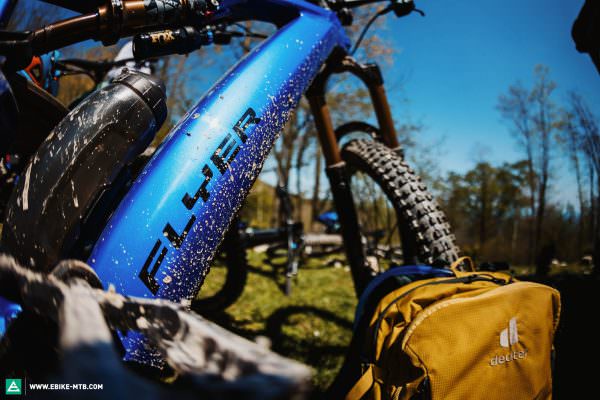
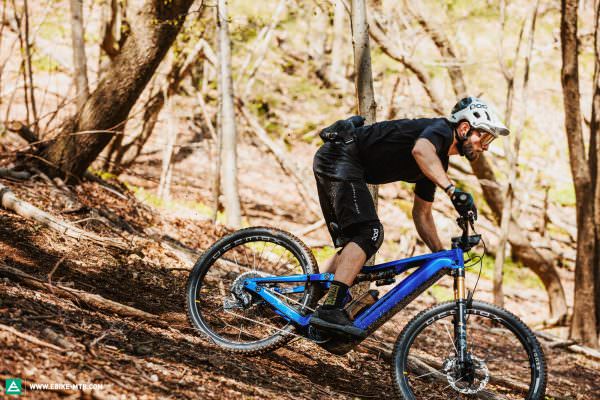
The harder you pedal, the more the motor assists, such as when you’re accelerating to get up and over an obstacle. If you stop pedalling, the motor also cuts out quicker than it does in High mode. That way, you can easily master technical, switchback climbs, allowing you to finely modulate the required power. If you prefer your output to be more consistent, the Standard support mode will do the trick, offering very linear assistance while still putting out enough torque to get you up steep climbs with ease. Thanks to the long chainstays, the FLYER Uproc X doesn’t feel like it wants to tip over in steep terrain and the front wheel stays planted.
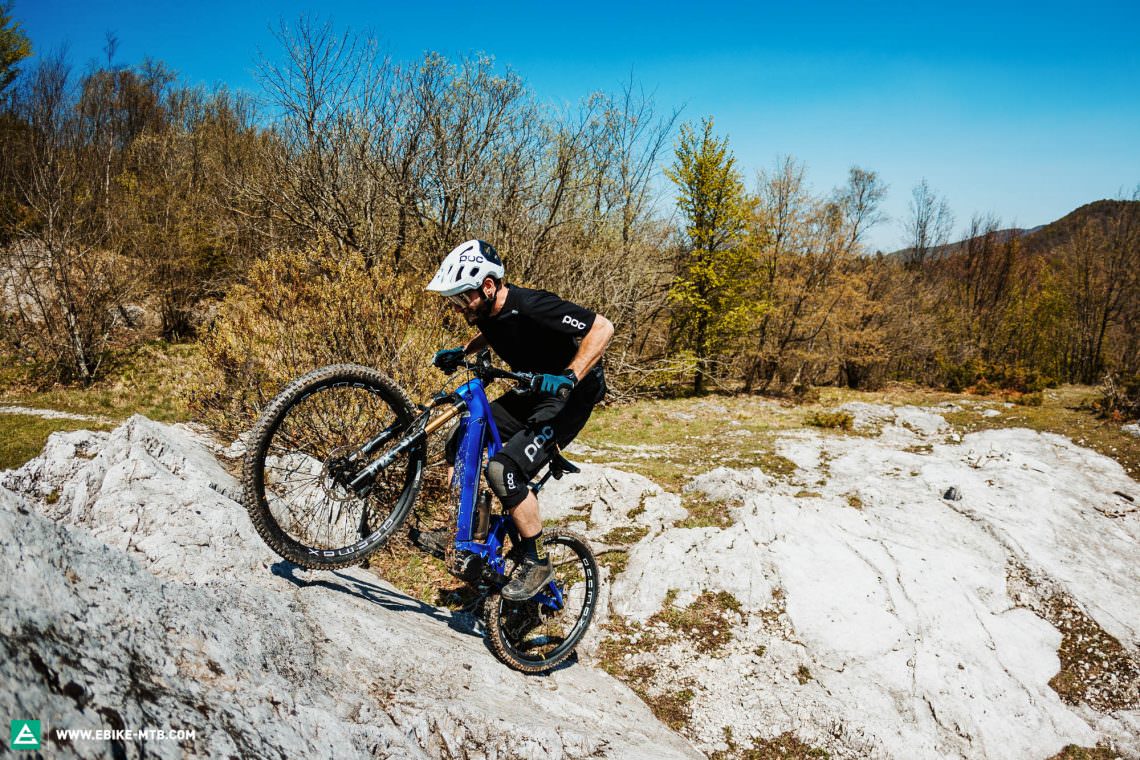
When you make your way down the well-deserved descent, the suspension offers plenty of feedback and invites you to play with the trail. Thanks to the supportive suspension, the bike loves pumping through berms and rollers or catching air off every lip. It never feels like the bike absorbs too much of your input, yet it effectively irons over big impacts. On tight trails, you’ll notice the long chainstays that are so helpful on the climbs. The Uproc X isn’t the easiest to get around tight corners, sometimes requiring you to slide the rear wheel out or do a nose pivot. In these instances, it’s somewhat lacking in agility. However, on higher-speed and more open trails, the bike comes into its own with its mixed wheel sizes and 150 mm travel. It lets you ride surprisingly aggressive and fast as the relatively tall cockpit instils you with confidence. The genes of its big brother, the Uproc 6, shine through here.


The Onza Porcupine tires – not part of the standard spec – offered lots of grip on our dry test trails, but they lose grip very suddenly when you push their limits. However, you have to ride the bike very fast and aggressive to do so. From our experience, we can say that the Schwalbe Magic Mary and Big Betty tires are more intuitive and predictable at the limit.

Our conclusion on the 2022 FLYER Uproc X
With the Uproc X 9.50, FLYER have brought a good all-rounder with an exclusive, powerful motor and capable suspension to the market. All in all, it’s a well-specced package, capable of getting you up the steepest climbs and performing well on rough descents. Moreover, the FIT hard- and software provides a connected ecosystem of components. It’s the perfect all-rounder for diesel drivers who love having a lot of torque while being able to monitor their tire pressure as they can in their car ;).
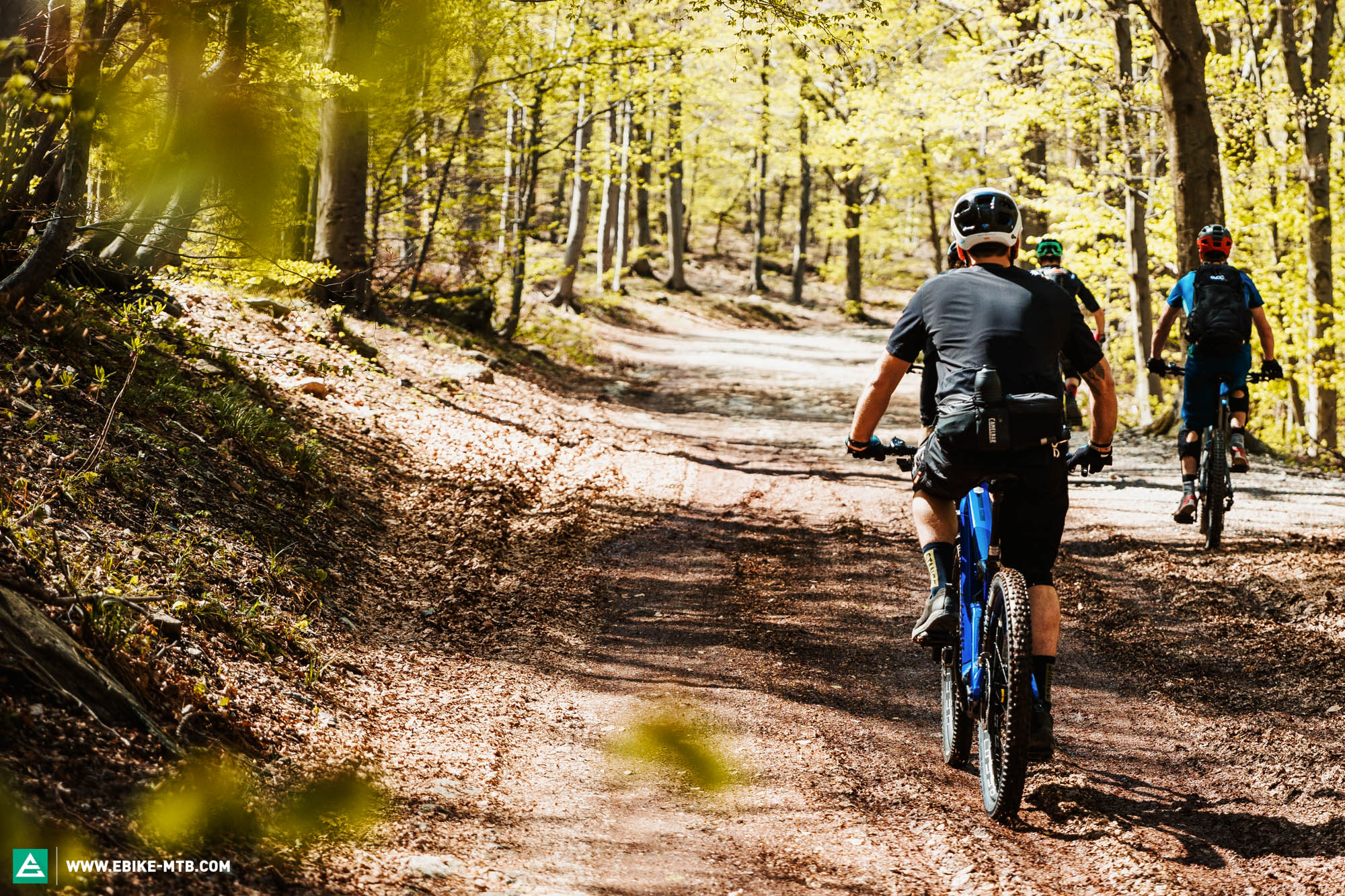
Did you enjoy this article? If so, we would be stoked if you decide to support us with a monthly contribution. By becoming a supporter of E-MOUNTAINBIKE, you will help secure a sustainable future for high-quality cycling journalism. Click here to learn more.
Words: Julian Schwede Photos: Julian Schwede, Nicola Damonte




